Emergency Response
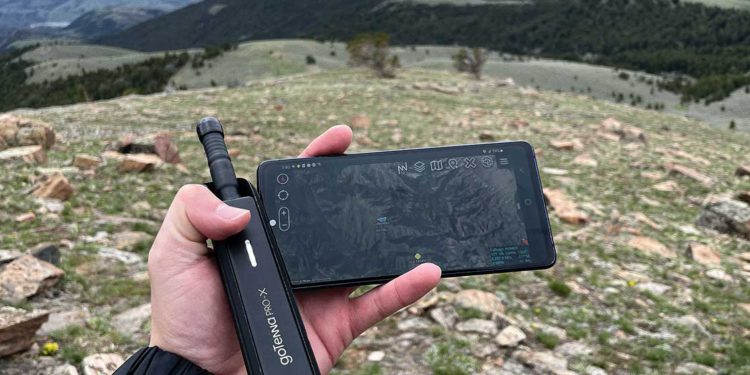
Tough Stump Tech Rodeo recap: goTenna Pro X surpasses its own range record at the edge of space
Last month, the goTenna team had an opportunity to demonstrate their mesh network capabilities at the Tough Stump Tech Rodeo, an off-grid communications field test hosted by Tough Stump Technologies. This recurring event provided an opportunity for technology vendors and equipment manufacturers to show off their solutions and test them
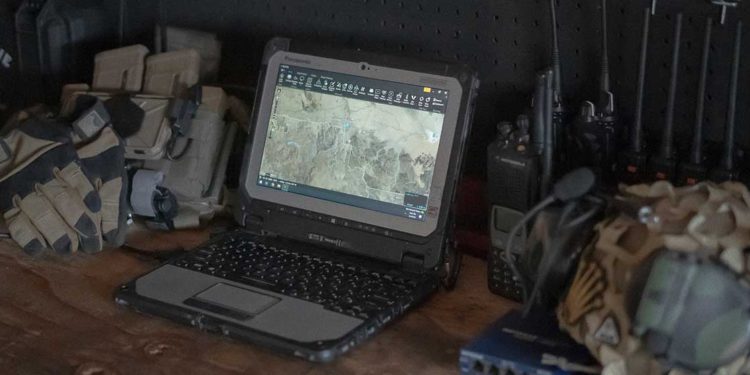
Mojave Repeater on the role of mobile mesh in survival and emergency preparedness
With the sun’s warmth caressing your left side and the uneven rhythm of tires gliding across the pavement beneath your feet, you peer through your rearview mirror to glance at your family’s eager faces as you drive down a road in the middle of nowhere to get to your vacation
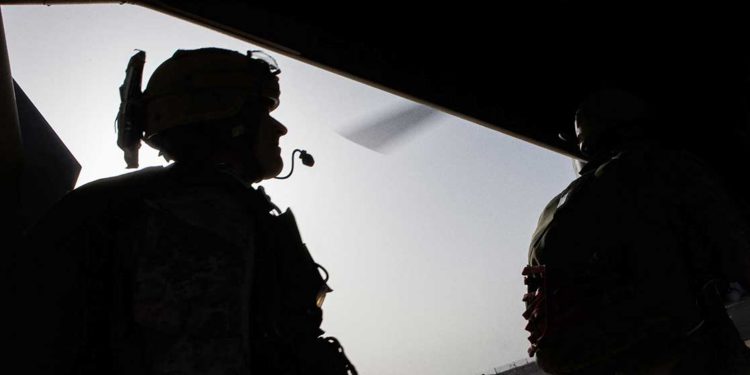
SYANS on the growing role mesh networks are playing within special operations
No matter if it’s a warfighter deployed on a special operation in an off-grid environment, or an emergency responder in a dense urban area with weak cellular connectivity, having reliable means of communication and situational awareness is critical for a mission to be executed successfully. But in these environments where
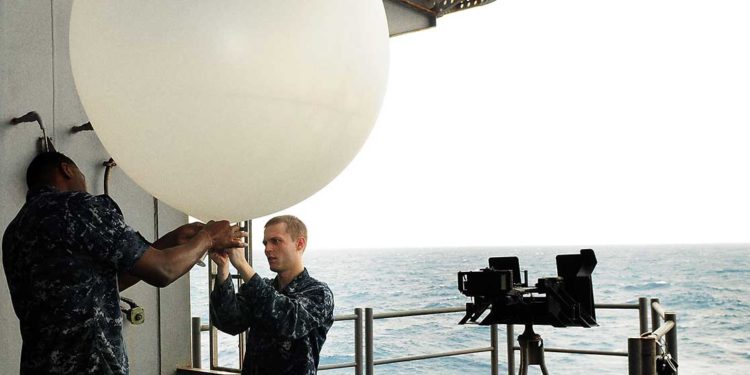
What’s old is useful again – aerostats and mobile mesh combine to deliver assured comms
The military is perpetually investing in new, envelope-pushing technologies that are designed to give our warfighters superiority over their adversaries in each and every warfighting domain. In just the past decade, the military has heavily invested or explored options for the next-generation fighter, the next-generation armored personnel carrier, the next-generation
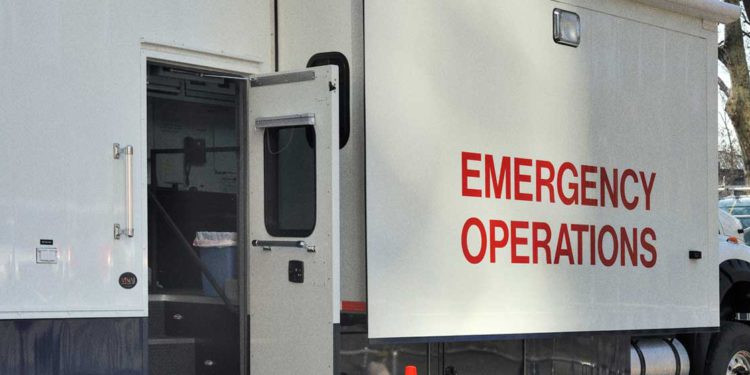
Why the first 15 minutes after a disaster are the most critical
Whether an 18-wheeler containing hundreds of pounds of hazardous material crashes on a highway or a category 4 hurricane hits a coastal town leaving a trail of devastation in its wake, the first 15 minutes after a disaster are by far the most critical in any response operation. While each
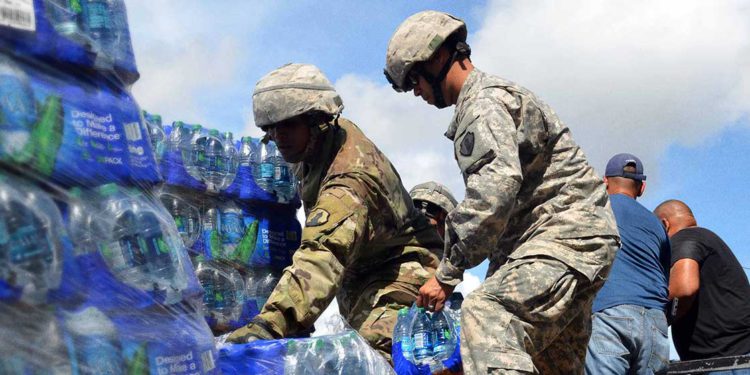
How to set up an off-grid communications network at a crisis response center
Prior to deploying to a crisis response center in a remote location, humanitarian aid workers typically have an initial communications plan which includes a list of crucial stakeholders, their goals, and the hierarchy for sharing information on the crisis. Team leaders have to know who they need to talk to,
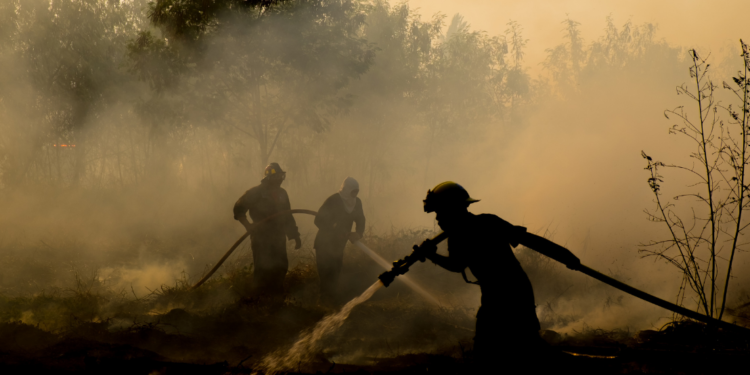
When Disaster Strikes Pt. II – How mobile mesh and ATAK serve as force multipliers for first responders
In our last article on The Last Mile, we sat down with Greg Albrecht – medic and goTenna Public Safety Technical Consultant – to discuss the conditions and impacts lack of communications and connectivity have on first responders in natural disaster environments. This week, Greg returns to discuss the critical
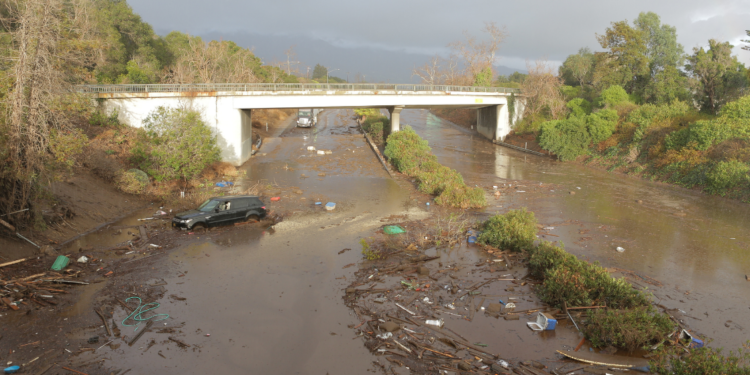
When Disaster Strikes Pt. I – The impact of lost comms during emergency response operations
In natural disasters and other emergency response situations where the existing communications infrastructure may be compromised, degraded, or destroyed, it is critical that first responders dispatched to the scene have a means of communicating and sharing locations with one another. If not, the success of the mission and the lives
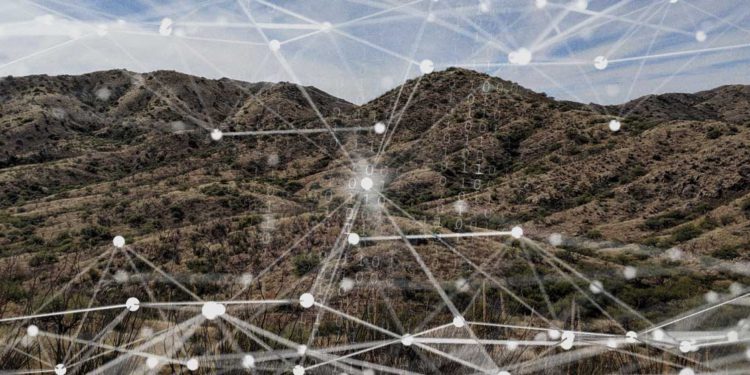
Webinar | Enhancing Border Technology with Geospatial Data
Recent advances in the curation of geospatial data and technology have made it possible to understand strategic areas of interest in more detail than ever before. Data democratization and machine learning are paving the way for analysts to monitor exactly how busy locations are at different times and what this
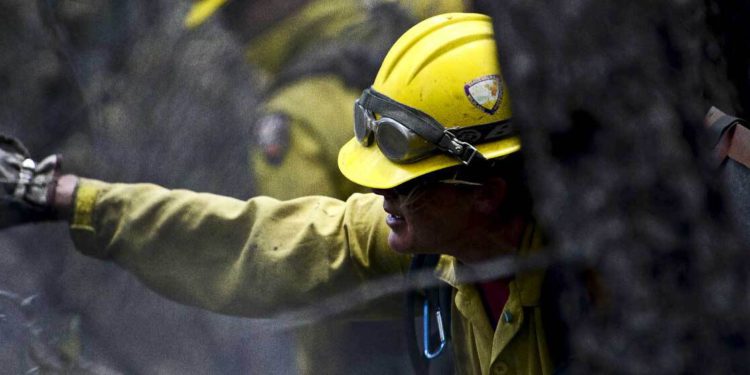
5 “must have” tools for more connected firefighting
In a previous post on The Last Mile, we looked at some of the large technology trends that are poised to get funding across the nation and transform firefighting in 2022. I also discussed how the Biden Administration – seeing the increased frequency and severity of incredibly damaging wildfires –



